Formula 2 (F2) is one of the most exciting and competitive motorsport categories in the world, often serving as a crucial stepping stone for drivers aiming to reach the pinnacle of single-seater racing—Formula 1 (F1). As the second tier of open-wheel racing, F2 plays an integral role in shaping the careers of young, talented drivers, offering them the platform to showcase their skills, racecraft, and mental toughness before making the leap to F1. For motorsport fans, F2 provides thrilling racing, a rich history, and a glimpse into the future of Formula 1, where many of today’s F1 stars once competed.
This article offers a comprehensive introduction to Formula 2 racing, providing insight into the championship’s history, structure, cars, teams, drivers, and the vital role it plays in motorsport. Whether you are an avid F1 follower or a newcomer to the world of single-seater racing, this guide will help you understand why Formula 2 is more than just a feeder series—it’s a highly competitive and exciting racing category in its own right.
The Origins of Formula 2
Formula 2 has its origins dating back to the 1940s, but its modern iteration began in 1984. Since then, it has become a key element of the motorsport ladder, providing young drivers with the experience and exposure needed to climb to the very top of motorsport. In its early years, Formula 2 was a category separate from Formula 1 but gradually became a more integrated part of the motorsport ecosystem. Today, it is the primary series that serves as the direct pathway to Formula 1, with many drivers using F2 to demonstrate their skills in the hope of securing an F1 seat.
The formula used to classify cars in F2 has evolved over time. In the early years, Formula 2 cars were based on existing F1 designs but with less powerful engines and smaller chassis. Over time, however, the gap in performance between F1 and F2 cars has become more pronounced, allowing F2 to carve out its own identity as a championship in its own right. Despite this, Formula 2 cars remain incredibly fast and technologically advanced, and F2 races are just as exciting and intense as their F1 counterparts.
The Role of Formula 2 in the Motorsport Ladder
Formula 2 is often considered the final proving ground for drivers aspiring to make it to Formula 1. The level of competition in F2 is incredibly high, with drivers from all over the world competing for limited spots in the top teams. The championship offers valuable experience in terms of both racecraft and car control, making it the perfect training ground for future Formula 1 drivers. Over the years, many F1 champions—including Lewis Hamilton, Charles Leclerc, and George Russell—have made their way to F1 via the F2 route, highlighting the importance of the series in nurturing talent for the world’s most prestigious racing series.
F2 races take place on the same race weekends as Formula 1 events, often on the same circuits and with a similar schedule. This gives F2 drivers the rare opportunity to compete in front of the same large crowds and global television audiences that F1 races enjoy, providing them with invaluable exposure. F2 serves as a perfect training ground for young drivers, not only helping them refine their driving skills but also giving them the chance to work with professional teams, develop race strategies, and understand the demands of top-level motorsport.
The pathway from F2 to F1 is not guaranteed, and only the best drivers will make the jump to F1. However, Formula 2 remains the most direct route, and many F1 teams have a close relationship with F2 squads, often monitoring the series closely to spot future talent. For aspiring F1 drivers, a successful career in F2 can lead to a coveted spot in one of the top teams, while poor performances can result in a lack of opportunities in the higher tiers of motorsport.
The Formula 2 Cars: Speed, Power, and Precision
One of the most distinctive features of Formula 2 racing is the car itself. The F2 car is designed to be a challenging and fast machine, with enough power to produce thrilling racing while maintaining a manageable level of performance that allows young drivers to showcase their skills.
Formula 2 cars are powered by 3.4-litre V8 engines, capable of producing around 620 horsepower, which allows the cars to reach speeds of up to 340 km/h (211 mph). The chassis is designed to be lightweight and aerodynamic, making the cars agile and responsive, yet challenging to handle at high speeds. F2 cars are fitted with slick tires, which provide maximum grip on the track and enable drivers to extract the full performance potential from the car.
The cars used in Formula 2 are constructed by a single supplier, Dallara, which ensures a level of uniformity across the grid. This is important for maintaining competitive racing, as it ensures that the difference in performance between the cars is minimal. As a result, the primary determining factor in success is the driver’s skill, making F2 one of the most driver-dependent categories in motorsport.
The standardized nature of the cars also creates an exciting dynamic in terms of team strategy, tire management, and racecraft. Drivers and teams must constantly work together to extract the maximum performance from the car, often having to make quick decisions during races to stay ahead of their rivals. This results in exciting, edge-of-the-seat racing that keeps fans on the edge of their seats.
The Formula 2 Race Weekend Format
A typical Formula 2 race weekend follows a format similar to that of Formula 1, with practice sessions, qualifying, and races spread out over the weekend. The first day usually consists of practice sessions, where drivers can familiarize themselves with the track, fine-tune their setups, and prepare for qualifying.
The qualifying session is critical, as it determines the starting grid for the feature race, the main event of the weekend. The top 10 finishers in qualifying will have the best chance of securing points and taking home a strong result. In addition to the feature race, a sprint race is held, typically with a reversed grid order for the top 10 finishers from the feature race. This adds an extra element of excitement, as the faster drivers are forced to start further down the grid and work their way up through the field.
Formula 2 races are often high-paced and unpredictable, with drivers racing for position throughout the event. Overtaking in F2 is a common occurrence, thanks to the close nature of the racing and the high levels of driver skill on display. Pit stops and tire strategies also play a key role in determining the outcome of a race, with teams using their knowledge of tire degradation and track conditions to gain an advantage.
The Teams and Drivers of Formula 2
Formula 2 is home to a wide range of teams, many of which have direct connections to Formula 1 squads. Teams in F2 vary in size and structure, with some being fully independent and others being junior teams affiliated with F1 outfits. Some of the most notable teams in recent years include Prema Racing, ART Grand Prix, Carlin, DAMS, and MP Motorsport.
Prema Racing, in particular, has been one of the most successful teams in F2 history, producing multiple championship-winning drivers, including current F1 stars such as Charles Leclerc, George Russell, and Lance Stroll. The team has built a strong reputation for developing young talent and providing a platform for drivers to showcase their skills on the global stage.
Drivers in Formula 2 come from all over the world, representing a diverse range of countries and backgrounds. The competition is fierce, with each driver vying for a spot in Formula 1 or at least trying to secure a place in a top team for the next season. Many of the top F2 drivers have already competed in other junior categories, such as Formula 3 or karting, before making their way to F2. Some drivers also enter F2 through the F1 Academy, a program designed to support young drivers on their journey to the top.
F2 drivers are a mix of experienced competitors who have been racing at the highest levels of junior motorsport for several years, and younger, up-and-coming talents looking to make their mark. This blend of experience and youthful enthusiasm makes Formula 2 races incredibly exciting, as the veterans fight for the championship while the rookies challenge for their place in the spotlight.
Formula 2’s Role in Developing Future Formula 1 Stars
Formula 2 has long been considered the key stepping stone for drivers aiming to reach Formula 1, and the series has a rich history of launching successful F1 careers. Drivers such as Lewis Hamilton, Sebastian Vettel, Daniel Ricciardo, and Charles Leclerc all used F2 as a springboard to launch their F1 careers, demonstrating the importance of the series in developing the stars of tomorrow.
The performance of a driver in F2 is often seen as a strong indicator of their potential in Formula 1. While success in F2 doesn’t guarantee a spot in F1, it provides the best opportunity for young drivers to prove their worth and secure a coveted F1 seat. F1 teams closely monitor F2 races, keeping an eye out for the next big talent who could become their next champion.
In conclusion, Formula 2 is more than just a feeder series; it is a highly competitive and thrilling motorsport category that offers fans exciting racing, intense competition, and a glimpse into the future of Formula 1. With its high level of driver skill, cutting-edge technology, and a proven track record of developing future F1 stars, Formula 2 continues to be an essential part of the motorsport world. Whether you’re a lifelong fan of motorsport or new to the sport, Formula 2 is an essential part of the racing landscape, and its races are not to be missed.





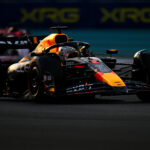
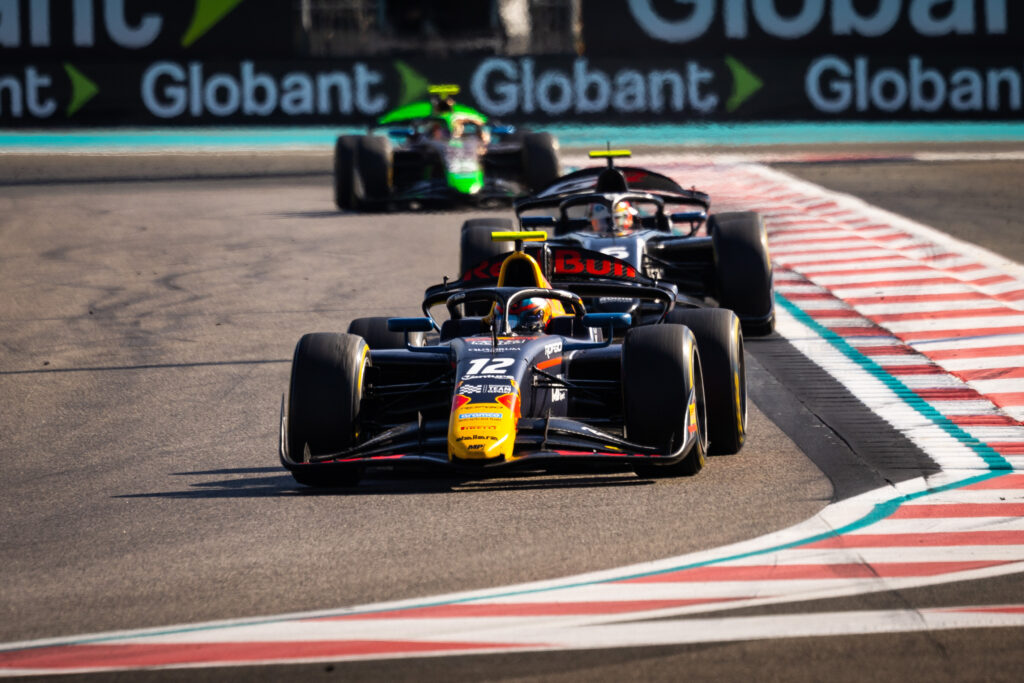
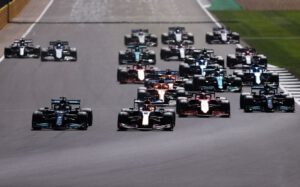
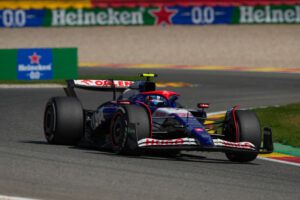
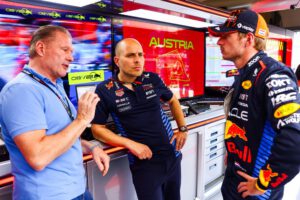
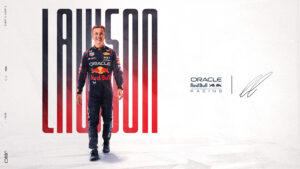
More Stories